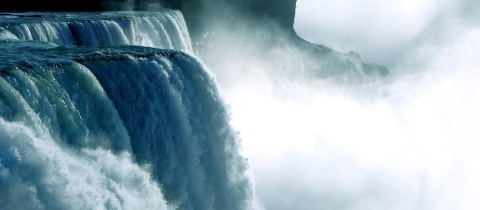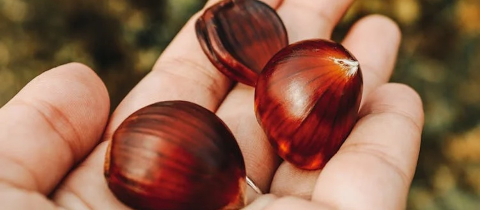Cream of tartar is close to the heart of any organic chemist because the study of this compound by Louis Pasteur in 1848 was pivotal in leading to the understanding of the three dimensional structure of molecules. It is a byproduct of winemaking and remains behind as a sediment after fermentation. In chemical terms, it is potassium hydrogen tartrate which is basically partially neutralized tartaric acid. Pasteur became interested in the chemistry of winemaking and launched into a study of tartaric acid and its various salts. He found that sodium ammonium tartrate which he prepared from natural tartaric acid was not exactly the same as the version made from tartaric acid that had been synthesized in the laboratory. When he examined the latter through a microscope, he found that it was composed of two kinds of crystals which were mirror images of each other. He laboriously separated these with tweezers and discovered that one set of crystals was identical to the tartrate prepared from the “natural” source. He then went on to suggest that the mirror image crystals were likely made of mirror image molecules and that nature produced only one of these two versions. A brilliant deduction! Eventually van’t Hoff and Lebel concluded that this was possible only if the molecules were not planar but three-dimensional. And thus was born the idea of the tetrahedral carbon atom.
Emotional connections aside, there are still plenty of reasons to appreciate cream of tartar. It is a cheap, safe, readily available mild acid. It is ideal for the generation of carbon dioxide from baking soda. In fact, one version of baking powder is a mixture of sodium bicarbonate and cream of tartar. When the mixture dissolves, bubbles of carbon dioxide are released. The same chemistry can be used to keep drains clear. Just make up a mix of one cup bicarbonate, one quarter cup cream of tartar and one cup of salt (for increased density) and periodically pour a few spoonfuls down the drain. The bubbling action can dislodge small blockages.
Candy makers also know all about cream of tartar. Candies are basically made by cooling down solutions in which a lot of sugar has been dissolved. But this has to be done in a fashion that ensures small crystal formation otherwise the candy becomes too brittle and crunchy. If a small amount of cream of tartar is added, some of the sucrose is hydrolyzed to glucose and fructose which are less likely to form large crystals.
There is something else that cream of tartar can interfere with. Protein molecules joining to each other. That’s just what happens when we whip egg whites to make meringue. Coiled proteins unwind and link up in a rigid three-dimensional network. Sometimes, however, the proteins form too many links to each other and overcoagulation results. This causes the meringue to be lumpy. The addition of cream of tartar limits the extent to which proteins can bond to each other. So it is a pastry chef’s beloved friend.
If that still isn’t enough to make you appreciate cream of tartar, how about its cleaning abilities? A blackened aluminum pot will shine like new if you boil water with two spoonfuls of cream of tartar per liter in it. Finally, cream of tartar complexes iron so it will even take rust stains out of fabrics and the bathtub. Obviously no household should be without it.
-----







